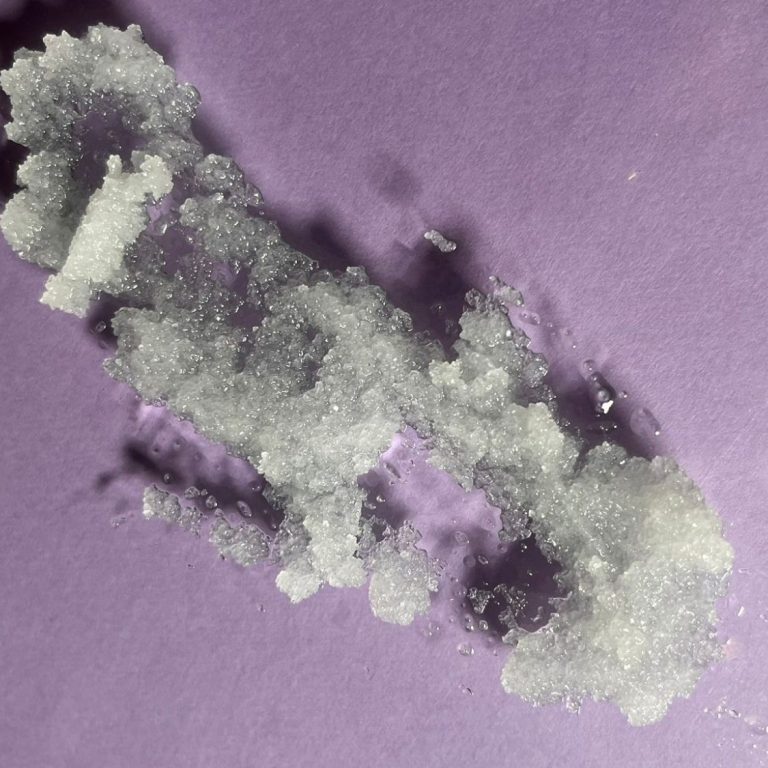BELLAS BEAUTY BLOG
-SKIN CARE SECRETS FOR HEALTHIER-LOOKING SKIN -PAGE 1
-HOW TO SAFELY EXFOLIATE AT HOME- PAGE 2

SKIN CARE SECRETS FOR HEALTHIER-LOOKING SKIN
1. Use skin care products that match your skin's needs.
What's your skin type — oily, dry, normal, combination, or sensitive? Do you have a skin condition? Using products formulated for your skin's needs will help your skin look and feel its best.
2. Wash your face when waking, before bed, and after sweating.
Washing when you wake up removes the dirt and bacteria that settle on your face while sleeping. Before bed, you want to remove makeup and grime, such as smog, smoke, or dirt, which may have landed on your skin.
3. Gently wash your face.
Gentle cleansing helps skin look its best. To gently cleanse your face, wet it with lukewarm water. Then apply a mild cleanser BELLASGLOW foam, gently applying the cleanser in a circular motion with your fingertips. Finish by completely rinsing off the cleanser and gently patting your face dry with a clean towel.
4. Stress less.
Finding healthy ways to manage stress can help your skin, too. Some skin diseases like psoriasis and atopic dermatitis (eczema) often appear for the first time when someone feels really stressed. Stress can also cause flare-ups of many skin conditions, including acne, eczema, psoriasis, and rosacea.
5. Apply sunscreen every day before you go outdoors.
Sunscreen is the closest thing we have to a fountain of youth. It really can slow down skin aging. It can also help prevent skin cancer. Look for a sunscreen that offers broad-spectrum protection, SPF 30 (or higher), and water resistance.



HOW TO SAFELY EXFOLIATE AT HOME
If you choose to exfoliate, it’s important to do so safely so that it does not damage your skin. To safely exfoliate your skin at home, follow these tips from board-certified dermatologists.
Exfoliation is the process of removing dead skin cells from the outer layer of your skin. While some people believe that this improves the appearance of their skin, it’s not for everyone. If not done properly, it could do more harm than good.
If you choose to exfoliate, it’s important to do so safely so that it does not damage your skin or lead to increased redness or acne breakouts.
Because every type of exfoliation may not work for every skin type, it’s important to consider your skin type before choosing an exfoliation method:
Sensitive skin may sting or burn after product use
Normal skin is clear and not sensitive
Dry skin is flaky, itchy or rough
Oily skin is shiny and greasy
Combination skin is dry in some areas and oily in others
There are two main methods for at-home exfoliation — mechanical and chemical — and the method you choose should be guided by your skin type. Mechanical exfoliation uses a tool, such as a brush or sponge, or a scrub to physically remove dead skin cells. Chemical exfoliation uses chemicals, such as alpha and beta hydroxy acids, to gently dissolve dead skin cells.
To prevent skin damage while exfoliating, dermatologists recommend the following tips:
Consider the skin care products you already use. Some medications and even over-the-counter products may cause your skin to be more sensitive or peel, such as prescription retinoid creams or products containing retinol or benzoyl peroxide. Exfoliating while using these products may worsen dry skin or even cause acne breakouts.
Select an exfoliation method that suits your skin type. Those with dry, sensitive or acne-prone skin may prefer just a washcloth and a mild chemical exfoliator, as mechanical exfoliation may be too irritating for this skin type. Those with oily, thicker skin may want to use stronger chemical treatments or mechanical exfoliation. However, avoid strong chemical or mechanical exfoliation if you have a darker skin tone or notice dark spots on your skin after burns, bug bites or acne breakouts. For some people, especially those with darker skin tones, more aggressive forms of exfoliation may result in dark spots on the skin.
Be gentle to your skin. If you use a scrub or chemical exfoliator, apply the product gently using small, circular motions. Do this for about 30 seconds, and then rinse off with lukewarm — not hot — water. If you use a brush or sponge, use short light strokes. Never exfoliate if you have open cuts or wounds or if your skin is sunburned.
Follow with moisturizer (BELLASGLOW Botox like peptide serum) Exfoliating can be drying to the skin. Apply moisturizer immediately after exfoliating to keep your skin healthy and hydrated.
Find the right schedule for you. How often you exfoliate depends on your skin type and exfoliation method. Generally, the more aggressive the exfoliation, the less often it needs to be done. Be careful not to over-exfoliate, as this could lead to skin that is red and irritated.
If you aren’t sure what skin type you have, or if you have questions about exfoliating, see a board-certified dermatologist. A dermatologist can evaluate your skin and help you decide if exfoliation is beneficial for you.




©Derechos de autor. Todos los derechos reservados.
Necesitamos su consentimiento para cargar las traducciones
Utilizamos un servicio de terceros para traducir el contenido del sitio web que puede recopilar datos sobre su actividad. Por favor revise los detalles en la política de privacidad y acepte el servicio para ver las traducciones.